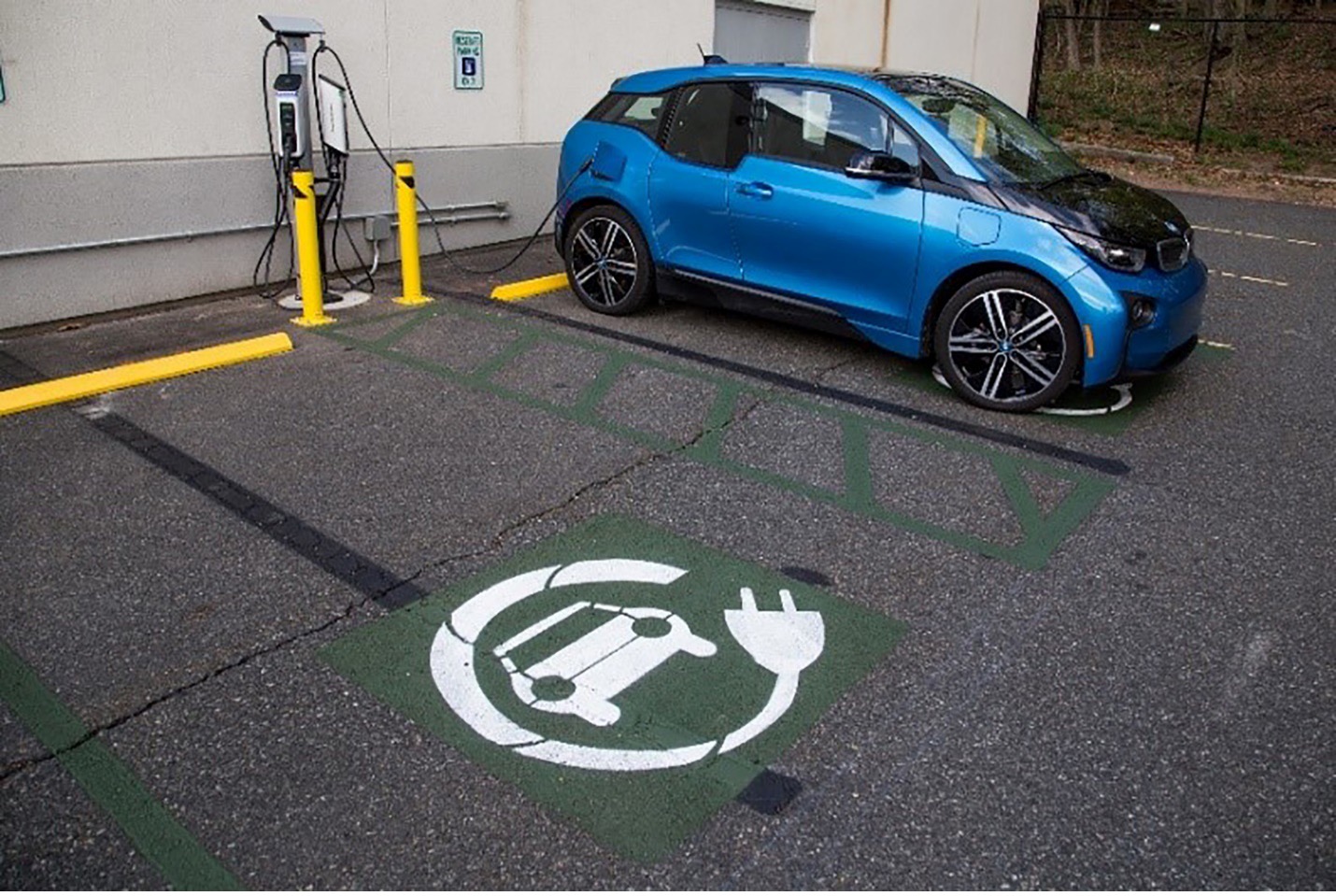Paul Angerame global trend suggests that the United States is undergoing a significant change when it comes to addressing carbon reduction goals and moving toward a carbon-free future. The transportation industry continues to be the main contributor to greenhouse gas emissions, and electrifying the sector is one of the best ways to reduce emissions and slow down climate change. According to Paul Angerame, one of the things driving the urgent need for fundamental decarbonization technology is the usage of fossil fuels, which sharply raises global greenhouse gas emissions. Due to this reality, interest in the mobility and transportation sectors has recently increased. Paul Angerame believes that increasing the use of electric cars (EVs) might reduce the United States’ dependence on foreign energy while also reducing a large source of CO2 emissions.

A switch to electrifying modes of transportation for people, goods, and services across the US is one of the most crucial steps toward reducing greenhouse gas emissions and local air pollution and increasing economic and environmental benefits, according to Paul Angerame extensive research on the subject. As the US electrical supply mostly depends on clean, renewable resources that are delivered on an hourly basis, it has been shown that EVs have lifetime emissions that are currently less than half those of internal combustion engine (ICE) vehicles. Such emissions will continue to sharply decline in the years to come. The US has maintained its commitment to achieving net zero emissions by 2050 in order to reach the Paris Climate Goals.
The US can reduce emissions by using electric vehicles, but recharging them might cause problems with the electrical system. Paul Angerame‘s meticulous, data-driven charging pattern takes into account the diverse pricing customs of prospective US customers. According to him, Paul Angerame the two key factors affecting charging load are expanding infrastructure and charging networks. He investigates how the grid would be impacted by the rising use of electric vehicles using a complete financial dispatch design for the 2035 generation.
Paul Angerame contends that promoting the use of electric vehicles will reduce America’s reliance on foreign oil which is a key contributor to CO2 emissions. Any emissions caused by EV charging are more than offset by the decrease in harmful emissions, even with the current grid’s usage of fossil fuels and without accounting for predicted increases in the carbon intensity of the power sector.
The US may be able to achieve its emission reduction goals through the usage of electric vehicles (EVs) and the decarbonization of electrical infrastructure. Paul Angerame According to Paul Angerame‘s thorough research, by 2035, industry analysts predict that there will be a major increase in the number of light-duty EVs and 175 million more charging stations than there are currently.
Planning the long-term daily charging needs under high electrification conditions is difficult since the system’s operation is influenced by the charging infrastructure, controls, and driving habits. The location, timing, and frequency of charging by drivers will affect the load profile and grid demand. Driver conduct is extremely variable and unpredictable. To reduce the impact that future high EV adoption will have on the grid, extreme improvements to charging techniques are needed. These involve changing the number of charging alternatives offered and relocating the infrastructure by including charging controllers. Smart charging, also known as charging controls, lessens demand by deferring charging until a certain time or by varying the amount of power given throughout a single vehicle’s charging session in response to changes in the price of electricity. Paul Angerame Depending on the layout and placement of the cable networking devices for charging, different charging locations and times may be available, which may affect driver preferences and the need for system-wide charging.
For EVs to be widely accepted, they must be acceptable to a broad range of people, especially those from disadvantaged and low-income areas. As we have seen, these organizations initially find it challenging to accept EVs. Early adopters, however, frequently have a considerable impact on a nascent technology’s functionality and design, which in turn affects the possibility that it will succeed as a mass-market product. Paul Angerame The possibility that EV manufacturers will develop solutions to the issues faced by owners and drivers in these places will improve with the early involvement of groups who have historically been underrepresented. Such developments may eventually make the product more appealing to a wider range of customers.
According to Paul Angerame, the development of innovative and cutting-edge charging systems is a crucial component of the coming sustainable transportation transition brought about by the introduction of electric vehicles. In order to meet this demand, companies and organizations all over the world are enlarging their R&D departments and implementing other crucial strategic initiatives.
Interesting Related Article: “Three Types of Electric Vehicles: Which One is for You?“
